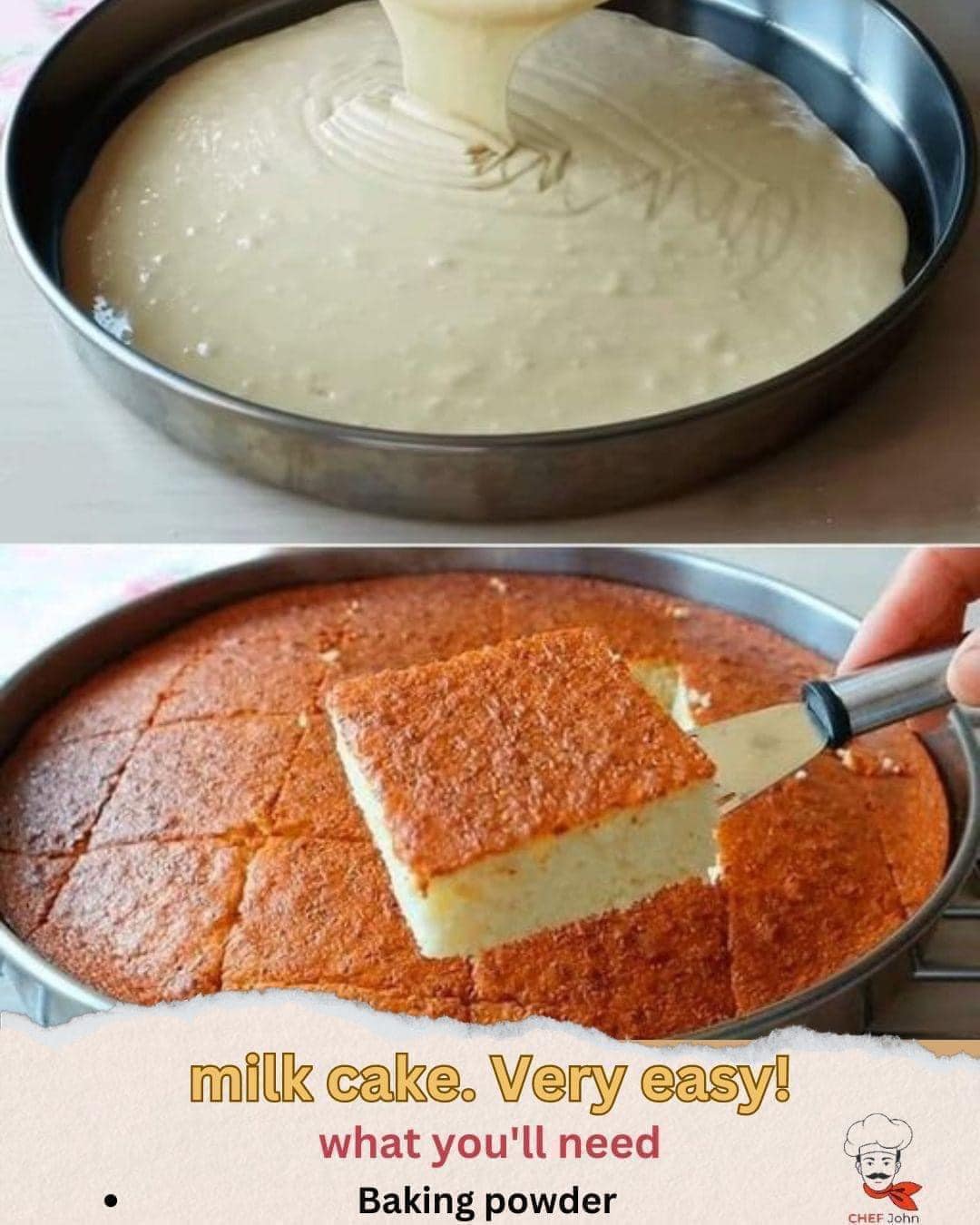ADVERTISEMENT
Step-by-Step Instructions
1. Boil the Milk
- Begin by pouring the milk into a large, heavy-bottomed pan. Heat it over medium-high heat, stirring occasionally to prevent it from sticking to the bottom.
- Bring the milk to a boil, then lower the heat and let it simmer. Continue stirring frequently to reduce the milk and thicken it. This process can take about 30-40 minutes.
2. Curdle the Milk
- Once the milk has reduced by about half, add the lemon juice or vinegar. Stir gently to allow the milk to curdle and separate into curds and whey.
- Continue cooking until the whey has mostly evaporated, leaving behind a thick, moist mixture of curds. Stir to ensure the curds are evenly formed.
3. Add Sugar and Cardamom
- Once the curds are well-formed, add the sugar and cardamom powder (if using). Stir the mixture to combine, and cook it over low heat until the sugar dissolves and the mixture thickens further.
- You’ll want to keep stirring the mixture gently to prevent it from sticking to the pan and to ensure an even consistency.
4. Cook Until the Mixture Thickens
- Keep cooking the mixture until it becomes a thick, fudgy consistency that holds together. This can take about 15-20 minutes. Stir the mixture occasionally, scraping the sides of the pan to incorporate any evaporated milk solids back into the mixture.
5. Grease the Tray
- While the mixture is thickening, grease a square or rectangular tray or plate with ghee to make it easier to remove the milk cake later.
6. Set the Milk Cake
- Once the mixture has thickened to your desired consistency, pour it into the greased tray. Use the back of a spoon to level and smooth out the top of the milk cake.
- Allow the mixture to cool at room temperature for about 30 minutes, then refrigerate it for 2-3 hours to set completely.
7. Slice and Serve
- Once the milk cake has set, remove it from the tray and cut it into squares or rectangles. Garnish with chopped pistachios or almonds for a decorative touch, if desired.
- Serve the milk cake chilled or at room temperature for the best texture.
Tips for Perfect Milk Cake
- Patience is Key: The process of reducing milk to make milk cake requires time, so make sure to simmer the milk slowly and stir it often to prevent burning.
- Consistency Matters: The final texture of the milk cake should be firm but slightly soft and fudgy. Keep an eye on it as you cook to ensure it thickens to the right consistency.
- Avoid Overcooking: If you cook the mixture too long after adding the sugar, it can become too dry. Stop cooking once it reaches a smooth, thick consistency.
- Flavor Additions: Feel free to experiment with adding rose water or saffron for a more aromatic flavor, or try a mix of different nuts for garnish.
Serving Ideas
- As a Sweet Snack: Milk cake is perfect for an afternoon treat with a cup of chai or coffee.
- For Festivals and Celebrations: Serve this sweet at family gatherings, Diwali, Holi, or other Indian festivals. It’s often enjoyed after a meal as a special dessert.
- Pair with Other Indian Sweets: Milk cake pairs wonderfully with other traditional Indian sweets, such as Gulab Jamun or Kheer, to create a sweet spread for a party or celebration.
- Gift Idea: Cut the milk cake into bite-sized squares, package them in a decorative box, and give them as a sweet homemade gift.
Conclusion
This Milk Cake (Kalakand) recipe brings the rich, creamy flavors of traditional Indian sweets into your kitchen with minimal effort. The slow-cooked milk and sugar create a melt-in-your-mouth experience that’s both satisfying and nostalgic. Whether you’re making it for a special occasion or simply indulging in something sweet, this treat is sure to be a hit with anyone who tries it.
With its delightful flavor and simple ingredients, milk cake is a perfect introduction to the world of Indian sweets. Once you try it, you’ll be hooked on its sweet, creamy goodness and want to make it again and again!
ADVERTISEMENT
ADVERTISEMENT
